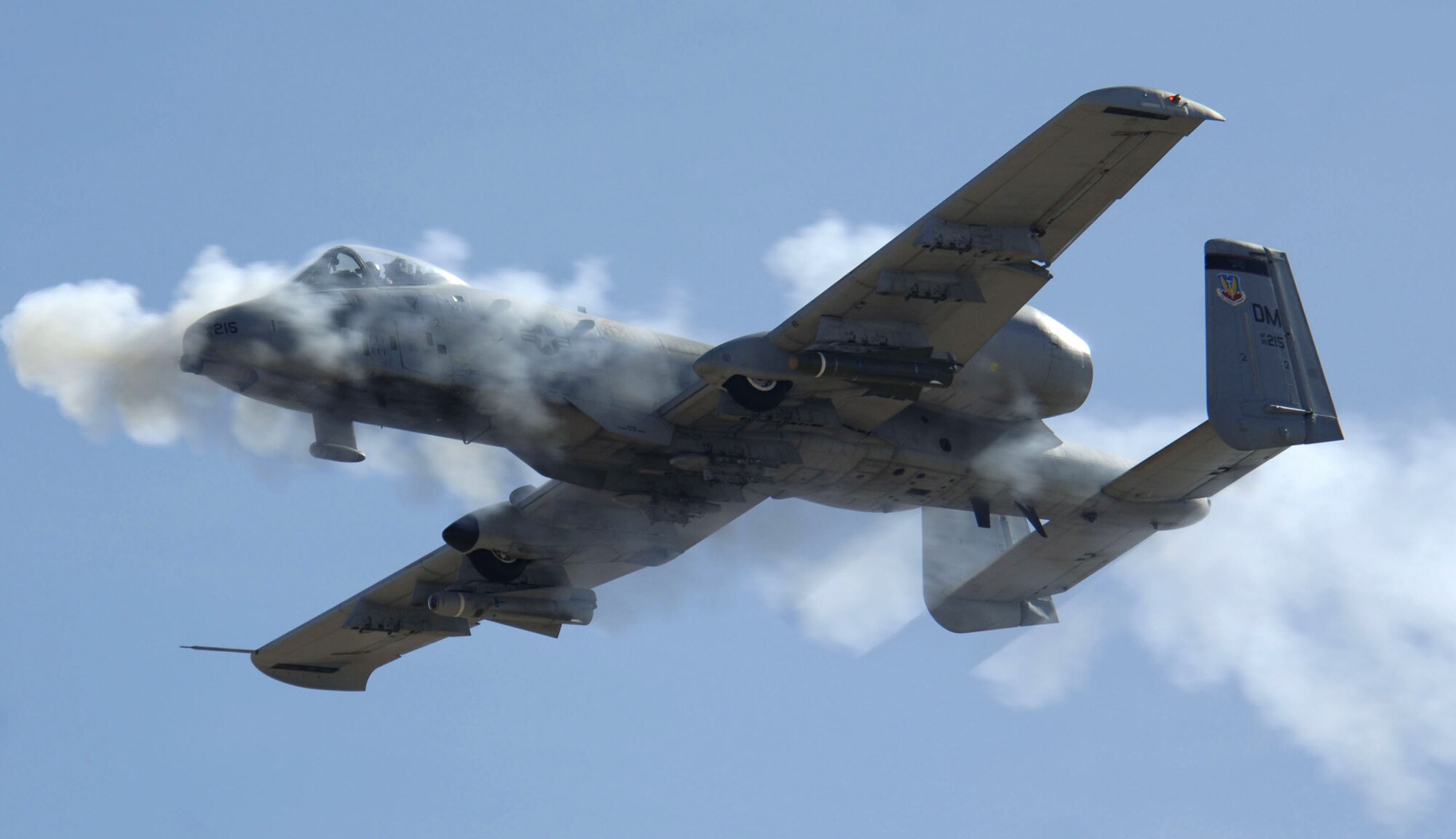 Air-to-surface
attack tactics play a crucial role in
providing close ground support,
bolstering the capabilities of ground
forces and maximizing mission success.
This article delves into the
comprehensive landscape of air-to-surface
attack tactics, exploring their history,
development, training, technology, and
current strategies. By understanding the
evolution of these tactics, we gain
insights into how they have become
essential components of modern warfare,
contributing to the effectiveness and
safety of ground operations. Air-to-surface
attack tactics play a crucial role in
providing close ground support,
bolstering the capabilities of ground
forces and maximizing mission success.
This article delves into the
comprehensive landscape of air-to-surface
attack tactics, exploring their history,
development, training, technology, and
current strategies. By understanding the
evolution of these tactics, we gain
insights into how they have become
essential components of modern warfare,
contributing to the effectiveness and
safety of ground operations.Historical
Background: During World War I, aircraft
were first deployed for ground attack
roles, targeting enemy trenches,
fortifications, and supply lines. Notable
examples include the German Fokker
Eindecker aircraft, which were armed with
machine guns and used for strafing ground
targets. In World War II, dedicated
ground attack aircraft like the German
Junkers Ju 87 Stuka and the American P-47
Thunderbolt showcased the potential of
aerial firepower in assisting ground
troops.
Development and Advancements: Advances
in technology have significantly enhanced
air-to-surface attack tactics. The
development of precision-guided
munitions, such as laser-guided bombs and
air-to-ground missiles, revolutionized
the accuracy and effectiveness of aerial
strikes. For instance, the AGM-65
Maverick missile allows pilots to engage
armored vehicles and fortified positions
with high precision. Targeting pods like
the LITENING system enable pilots to
identify and track targets using advanced
sensors, enhancing situational awareness
and target engagement capabilities.
Training and Skill Development: Pilots
undergo extensive training programs to
master air-to-surface attack tactics. For
example, the U.S. Air Force conducts the
Fighter Weapons Instructor Course (FWIC),
where instructors train pilots in
advanced air-to-surface tactics, close
air support procedures, and mission
planning. Joint training exercises, such
as the U.S. Army's Joint Readiness
Training Center (JRTC), provide realistic
scenarios that allow aircrews and ground
forces to practice coordinated operations
and refine their tactics.
Technological Innovations: Advanced
technology continues to shape
air-to-surface attack tactics. Unmanned
aerial systems (UAS) have gained
prominence, with drones like the MQ-9
Reaper conducting close air support
missions. These unmanned platforms offer
increased flexibility and reduced risk to
human pilots. Additionally, the
integration of artificial intelligence
(AI) and machine learning algorithms into
sensor systems enables quicker target
identification and threat assessment,
improving response time and overall
mission effectiveness.
Current Tactics and Strategies:
Contemporary air-to-surface attack
tactics prioritize precision strikes with
minimal collateral damage. For example,
the Joint Direct Attack Munition (JDAM)
kit converts unguided bombs into
precision-guided munitions, allowing for
precise target engagement. Close
coordination between ground forces and
aircraft is crucial, with detailed
pre-mission planning and target
validation procedures. Integrated air
support systems, such as the U.S. Air
Force's Joint Terminal Attack Controller
(JTAC) program, enable real-time
coordination and communication between
ground forces and aircraft, facilitating
effective close air support.
Examples of specific air-to-surface
attack tactics used in modern warfare
include:
- Close Air Support (CAS): Aircraft,
such as the A-10 Thunderbolt II,
provide direct air support to ground
troops by engaging enemy forces in
close proximity. They employ weapons
like the GAU-8 Avenger rotary cannon
and precision-guided munitions to
neutralize enemy positions while
minimizing the risk to friendly forces.
- Armed Reconnaissance: Armed
reconnaissance aircraft, like the AH-64
Apache helicopter, combine surveillance
capabilities with offensive firepower.
They conduct intelligence gathering
missions while remaining ready to
engage and destroy enemy targets as
needed.
- Suppression of Enemy Air Defenses (SEAD):
SEAD missions involve neutralizing
enemy air defense systems to enable
safe air operations. Aircraft equipped
with anti-radiation missiles, such as
the AGM-88 HARM, target and destroy
radar installations and surface-to-air
missile systems.
- Time-Sensitive Targeting (TST): TST
missions focus on rapidly engaging
time-critical targets, such as
high-value enemy assets or fleeting
opportunities. Aircraft, like the F-16
Fighting Falcon, employ quick reaction
tactics and precision-guided munitions
to strike these targets before they can
evade or relocate.
Conclusion: Air-to-surface attack
tactics for close ground support have
evolved significantly throughout history,
driven by advances in technology,
training, and strategic thinking.
Specific examples, such as close air
support, armed reconnaissance,
suppression of enemy air defenses, and
time-sensitive targeting, demonstrate the
effectiveness and versatility of these
tactics in modern warfare. As military
forces continue to face complex and
dynamic threats, air-to-surface attack
tactics will remain vital in providing
close support to ground troops, enhancing
their capabilities and contributing to
mission success while ensuring the safety
of friendly forces. |